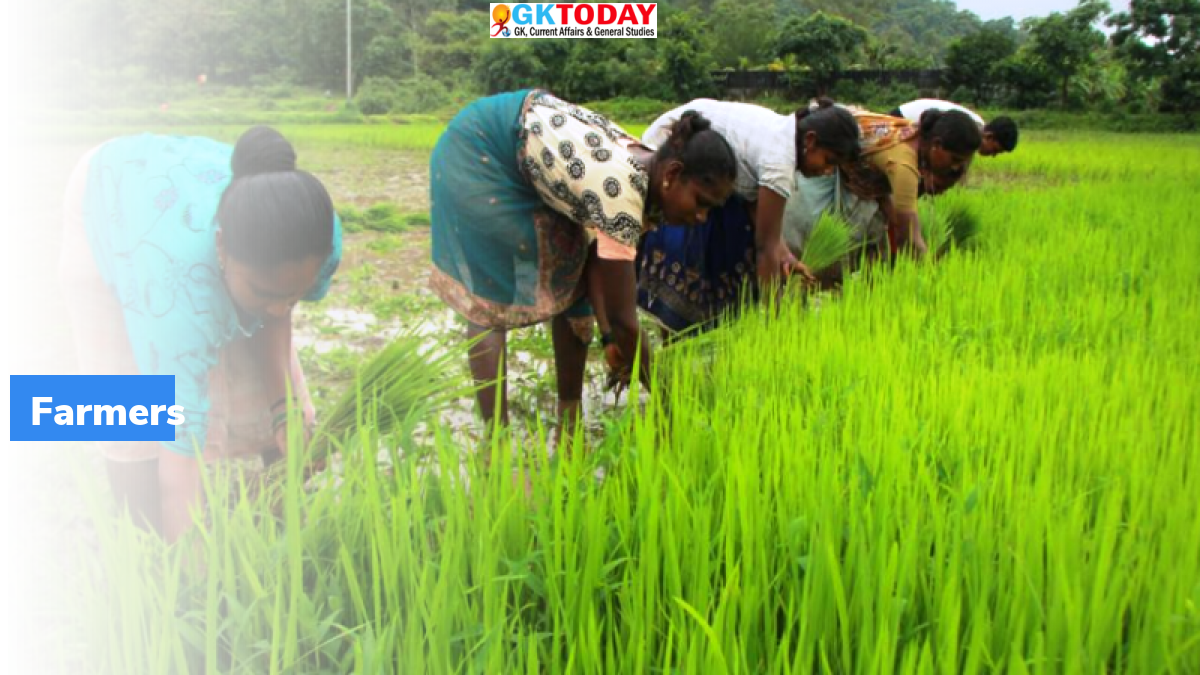Area under kharif crops decreases – Agriculture Ministry
According to the data released by Agriculture Ministry on August 22, 2021 Area under kharif crops such as paddy witnessed a marginal decline of 1.55 per cent at 1,043.87 lakh hectares in the ongoing monsoon season.
Highlights
- Ministry has highlighted that, kharif crops decreased due to “deficient, scattered or erratic rainfall at the beginning of monsoon season”.
- In the year 2020, total area under kharif crops was 1,060.37 lakh hectares for the same period.
- Area has however increased by 33.40 lakh hectares, as compared to the five-year average of 1,010.48 lakh hectares.
- Area under cotton cultivation has decreased by 10.65 lakh hectares as compared to 2020. However, when compared with the normal average, this decrease is only 1.01 lakh hectares.
- Less acreage of cotton was reported from the states of Maharashtra, Gujarat, Andhra Pradesh and Punjab because of deficient or erratic rains.
About Kharif crops
Kharif crops are also called as monsoon crops or autumn crops. They are domesticated plants which are cultivated and harvested across India, Pakistan and Bangladesh. It is cultivated during monsoon season in Indian subcontinent, lasting from June to November. These crops are generally harvested from third Week of September to October. Major kharif crops in India include Maize, Rice, and Cotton.
Background
World Kharif have their origins in Arabic language. It was started being used in India with the ascent of Mughal Empire in the Indian subcontinent. Kharif means “autumn” in Arabic.
Kharif crop in India
Rice is the most significant Kharif crop in India, growing in rain-fed areas with hot and humid climates. It requires a temperature of 16–20 °C for the growing season and 18–32 °C for ripening. Rainfall of 150–200 centimetres and a flooded field is required during the growth period.
Month: Current Affairs - August, 2021


